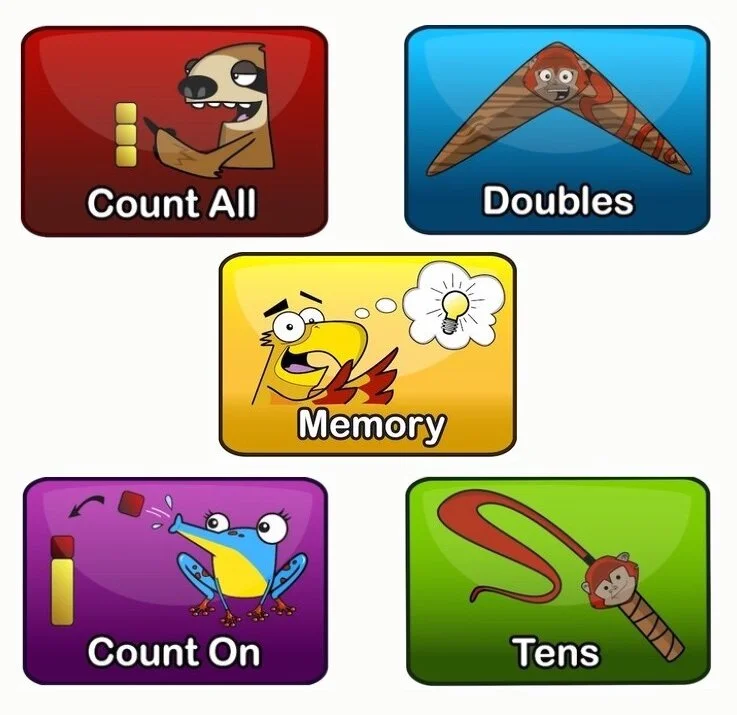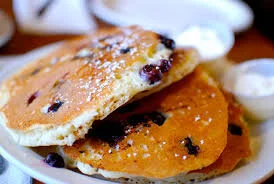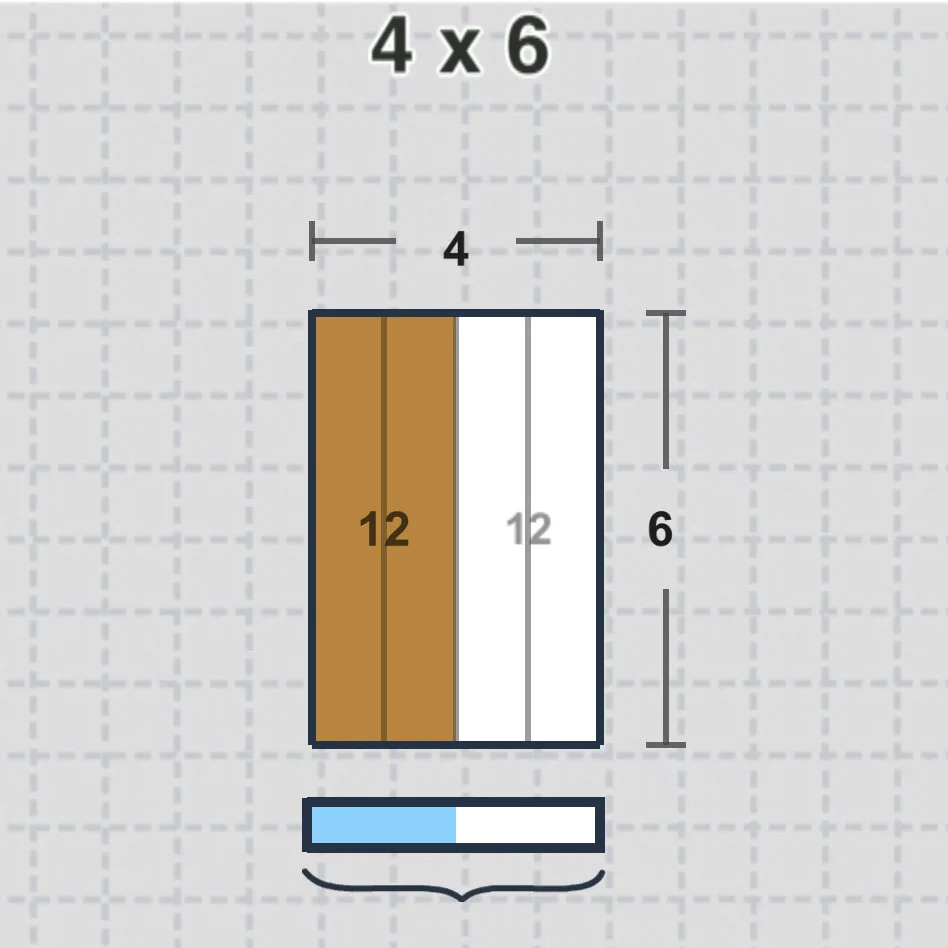Math Pedagogy and Research Blog
Learn what the research says about the best math teaching practices and math pedagogy. We write as parents and teachers of young children, who want ALL kids to be "good at math."
When students are struggling to learn their addition facts, you may be tempted to use drill-based activities like flash cards, timed tests, and worksheets. Extra drill can have benefits, but your time may be better spent focusing on strategies.
IT TAKES A SPECIAL PERSON TO BE A TEACHER AND THEY DESERVE TO BE APPRECIATED EVERY DAY.
Whether you already use Teachley or not, we want to thank you!
The past few weeks have been upsetting and emotional and jarring and hopeful and inspiring. We’ve been trying to be supportive to Black team members, friends, and neighbors while wrestling with how to talk with our own kids about police violence and the protests.
Word problems are at the heart of mathematics; and yet, mathematical problem solving is one of the most challenging topics for students and teachers alike. Learn what the research says about the best ways to teach word problems.
Ever feel your fingers move unconsciously when you’re figuring out simple math problems? It may be you’re sensing the strong neural connection between our fingers and numbers. Scientists became interested in this topic when noticing that the same areas of the brain that control the fingers light up when solving math problems even though people were not actually moving their fingers.
For the past year, in addition to brushing teeth and reading books, my daughter's bedtime routine has included math! The last thing we do together each day is visit the Bedtime Math app, a free app designed to help families enjoy math together.
One Saturday morning, I decided to try out an estimation task with my five year old daughter while we were eating pancakes. I gave her a piece of paper and drew a blank number line on it and labeled the ends with a 0 and 10.
I started by asking her to place where the 5 should go. I wanted to give her a landmark to see how that would shape her placement of the other numbers. Here’s what she did:
One of the trickiest parts of teaching multiplication is developing an understanding of the distributive property. Because of this, we made the distributive property the focus of Mt. Multiplis, our multiplication app.
The Common Core State Standards expect third graders to use the distributive property when multiplying (which you and I learned in middle school). We set out to see if we could not only make this complex content more approachable, but also fun.
One night before bed, in the spirit of Piaget, I decided to videotape my 2-year old daughter counting. As most parents know, counting is a fundamental part of children’s everyday mathematics experiences.
Before kids slide down a slide or begin a race, they chant, “1,2,3, go!” Kids learning to count often spend what feels like hours counting everyday objects, like fingers and toes, cheerios for breakfast or stairs they are climbing.
Just think back to your childhood. You’re in your 3rd grade classroom and you are starting a new unit called fractions. What are the images that come to mind? Pieces of a pie? Pizza?
But guess what? Leading researchers and mathematics experts, including Dr. Nancy Jordan from the University of Delaware and Dr. Hung-Hsi Wu from Berkeley strongly recommend against the pie model.










